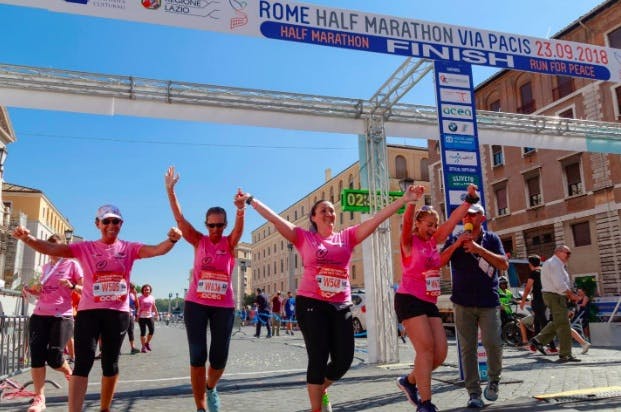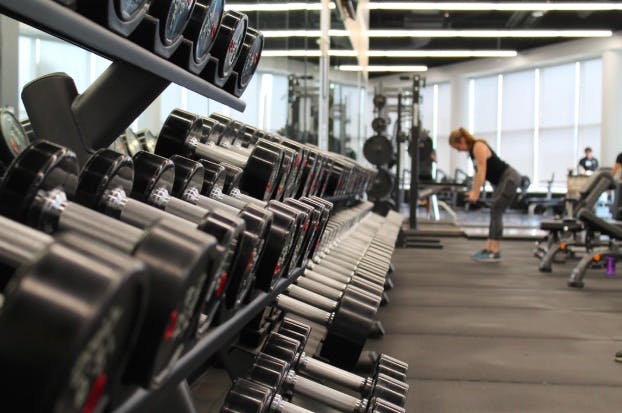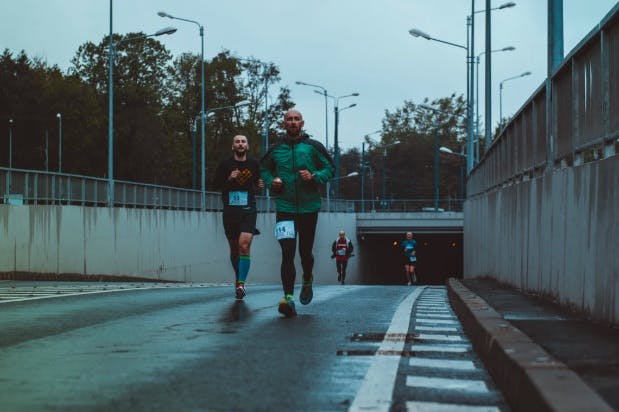How to Recover From a Marathon
June 10th 2020
Photo by Nick Karvounis on Unsplash
There are plenty of running benefits, all of which are extremely well documented. More and more people are taking part in ultra, full, and half-marathons not only for health reasons, but as a fulfilling athletic hobby.
As a result, many places in the world are seeing a boom in “health tourism”. People will travel far and wide to participate in marathons.
Marathon runners in 2019 are more concerned with the experience than achievement - the journey of competing alone brings a wealth of mental and physical benefits. More novice runners are joining races than they were a decade ago, when the marathon race was considered an achievement for extreme athletes.
That being said, the rise of the amateur runners does come with increased injury and health risks. This is where it becomes essential to practice good post-race health routines to improve recovery and prevent injury. At SportMe, we know that what happens after you run is just as important as what happens before. Here’s our guide to recovering from a marathon.
Related: How to Avoid Running Injuries

Photo by Peter Boccia on Unsplash
A marathon doesn’t end at the finish line.
Post-race recovery is crucial for your overall health, and it varies from one runner to another. The type of recovery you need depends on how intense the run was, your health pre-race, and what conditions you ran under.
Assume that you need three to seven days for proper recovery. Why? Here’s a taste of what your body goes through in a typical marathon:
Cellular damage
The cellular network in your muscles usually breaks down because of oxidative damage to your skeletal muscle during a marathon. As a result, your creatinine kinase increases, indicating substantial damage to the myocardial and skeletal tissue. It’s not unusual to notice blood in the urine after running a marathon because of high levels of myoglobin in the bloodstream. For your body to naturally rectify these levels, it will need up to seven days of rest.
Inflammation of the muscles
Because of the intensive training before and during the run, your muscles (especially the thigh and calf muscles), suffer inflammation and some level of necrosis. This makes it difficult to use these muscles even for day to day activities - let alone to start another training regime.
Reduced immunity
The fall in activity after intense marathon training and running can cause immune defense cells in the bloodstream to decrease dramatically, making you more susceptible to disease. That’s why some runners contract the flu and other infectious diseases right after running a marathon.
Learn more about the SportMe app and how to get started with your improved training plan.
Marathon recovery tips

Photo by blackmachinex on Pixabay
1st half: Immediately after the race
Continue walking
Have you ever noticed some runners slow down to a slow jog even after passing the finish line? Jogging at a slow pace or even just walking allows you to transition to a lower heart rate, and your muscles to gradually cool down and flush out lactic acid.
Related: Want to Run a Great Race? Nail Your Pace
Eat something
After you run, eat a banana or an apple before consuming a full meal. Your body can handle small healthy snacks in small quantities without you vomiting. Besides, fruits contain complex sugars and energy to help you begin to replenish your strength.
Dress warm
After a marathon, your sweat begins to dry on your skin. This increases your risk of getting a cold. Many people carry a blanket or cover-up layers to wrap themselves in.
Now for a treat!
After a couple of hours following the end of the marathon, you can have a larger meal. Different people have different celebratory rituals they choose to indulge in after a race, and most involve a meal with friends and loved ones.
2nd half: Day 1 to 3

Photo by Jared Rice on Unsplash
On the first day, you should aim to soak in a hot tub or ice bath, depending on your preference, for at most half an hour. After this, stretch and have a light massage.
During this time, you should also eat very well. Stock up on vegetables and fruits, as well as very high quality proteins. Proteins like lean red meat are best because they aid in rebuilding muscles more quickly. If you are a vegan, consider chickpeas and tofu. The better your nutrition, the faster your body will recover.
Fruits rich in vitamin C should be high on your list. Vitamin C is packed with anti-oxidants that fight free radicals and increase your immunity.
From day one to day three you mustn’t exert your body with any exercise or vigorous physical activity. This time is crucial to let the body begin the healing and repair process without inflicting further damage.
Learn more about the SportMe app and how to get started with your improved training plan.
3rd half: Day 4-7

Photo by Danielle Cerullo on Unsplash
On day four, begin the day with a light massage and a light workout in the gym. Do not begin running or lifting extremely heavy weights. After the workout, eat, rest and schedule a deep tissue massage for the evening.
On day five, go for a medium intensity run along your usual trail and then hit the gym for weight training. Schedule another deep tissue massage later in the day, but rest and eat healthy before then. From day five, ensure that you include a bath with Epsom salt. Epsom salt helps with circulation.
Day six and seven are the days when you begin to test your recovery and the strength of your muscles. Begin working out like you did before the marathon and push your limits (within reason) while listening to your body for any discomfort or areas that could do with a bit more TLC. If you feel that your body is not ready yet to resume regular training, take your time and extend your recovery period to 10 days.
During each of these days, you should take regular cold and hot baths. Fill the tub with warm water and find a tank that can accommodate your length and fill it with cold water with ice cubes. Immerse yourself in the cold tank for five minutes, and then switch to the hot tub for another five minutes there. Alternate between the cold bath and the hot tub for thirty minutes.
Ready For the Next One?

Photo by Sherise on Unsplash
The next marathon for you is probably around the corner (let's face it - it's addicting!), but before taking part make sure:
- You have no injuries or sore muscles from the last one
- You're eating clean to attain a healthy weight
- You've taken a full physical examination by the doctor
If all of these check out, should be nothing holding you back from running a great race. Good luck! To further improve your running health habits, get the SportMe app to keep track of your training and consult with skilled trainers.
